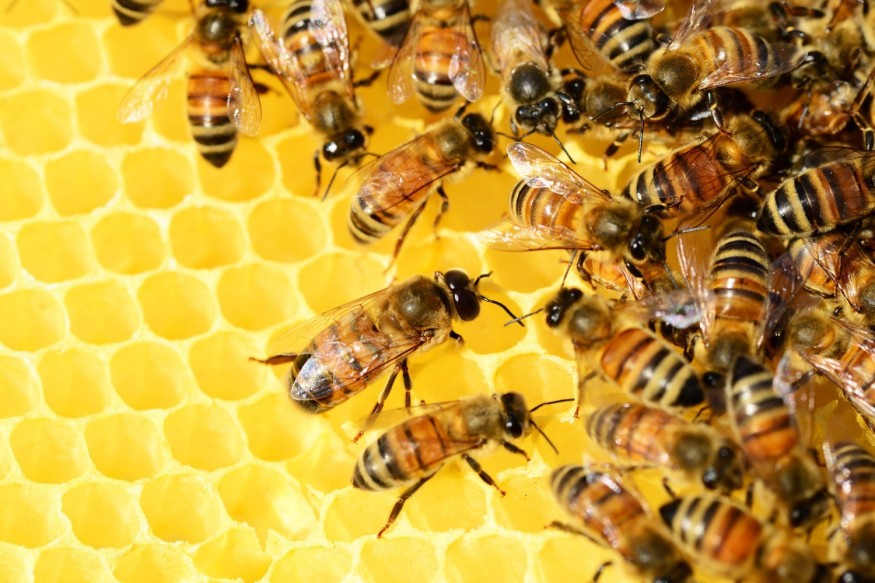
Worker bees twerk in order to inform their coworkers of a pollen target. The specific communication signal that they use is referred to as the waggle dance. These bees perform steps to show where and how far the food is.
Now, a recent study has shed light on how bees actually learn how to do the waggle dance.
Bees Learn To Twerk by Watching Others
According to the Daily Mail, the findings of the study suggest that younger bees follow the moves of older ones in order to make their moves better. James Nieh, one of the study's authors, says that they are starting to understand that, similar to humans, animals can also pass down survival data to their families and communities.
EurekAlert notes that the research specifically sheds light on how social learning may apply to insects as well. The study was included in the Science journal.
CNN reports that the researchers wanted to see what happened to young bees if they did not have the opportunity to witness the dance. To delve into this, the researchers came up with five colonies of same-aged bees and no elders who were experienced. When the bees reached the foraging age, the researchers documented the twerking bees and compared their dance with other colonies that had adult bees of varying ages.
They discovered that all bees could dance. However, bees that had the chance to follow experienced elders had better moves.
Other than this, the scientists specifically discovered that bees enhance their moves during their youth by letting their antennae touch the bodies of older bees that are dancing. If the bees miss this chance, their dances get filled with more errors and their maps become less accurate.
Read also: The 'Waggle Dance': Bees Do the Moves to Help Robots Communicate, Complete Complicated Tasks
Waggle Dance
Considering how the waggle dance is bees' way of alerting others of food, it is vitally important for worker bees to do the dance well. However, the moves are actually tricky to do. Wrong steps may also send bees the wrong way.
However, there is a vital learning phase in the life of a young worker that enables the bee to perfect the dance. This is when the bee is around 8 days old, prior to becoming a full forager.
When the more seasoned workers go back to the hive and do the waggle dance, noob workers closely observe their moves. By doing so, the novice bees learn to do the dance better and come up with more accurate maps.
The scientists also noticed that bees that did not learn how to waggle dance by observing others came up with moves full of mistakes.
All worker bees are female. CNN also notes that genetics may play a role in the dance of these bees. Previous studies have also revealed that some dance details pertaining to distance are specific to certain species.
Nevertheless, these recent findings show that this bee language is not completely innate but is also shaped by social learning. Paul Siefert, a bee researcher who did not participate in the study, expressed that what was amazing is that the study sheds light on a different degree of complexity of information transmission inside a colony of bees.
The results also raise questions regarding how social learning may affect other interactions inside a colony of honeybees. The scientists are also hoping to know whether social learning may affect chances in the waggle dance of a colony.
RELATED ARTICLE : How Long Do Bees Live? Study Shows That a Honey Bee's Life Expectancy Dropped by Half Since the 1970s
Check out more news and information on Honeybees in Science Times.
© 2025 ScienceTimes.com All rights reserved. Do not reproduce without permission. The window to the world of Science Times.












